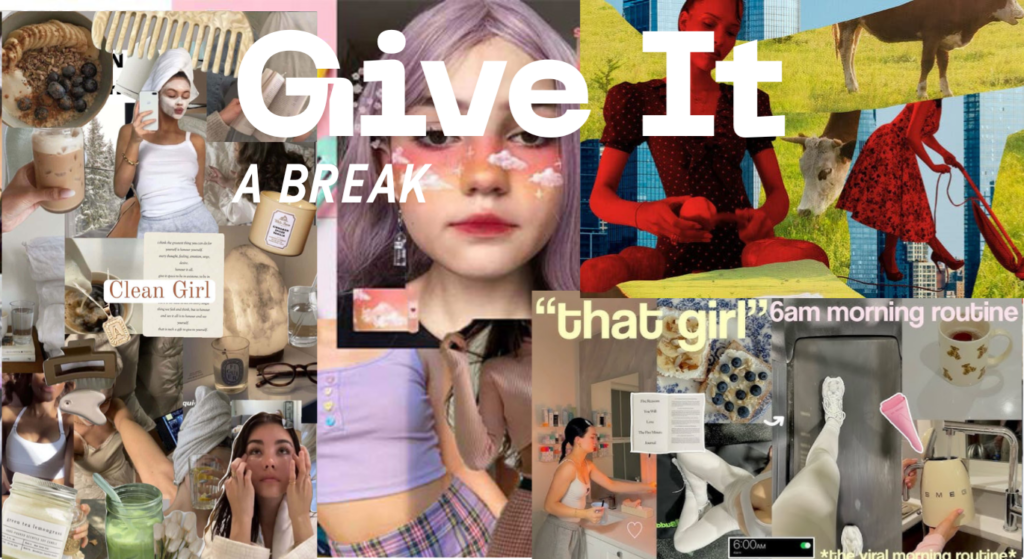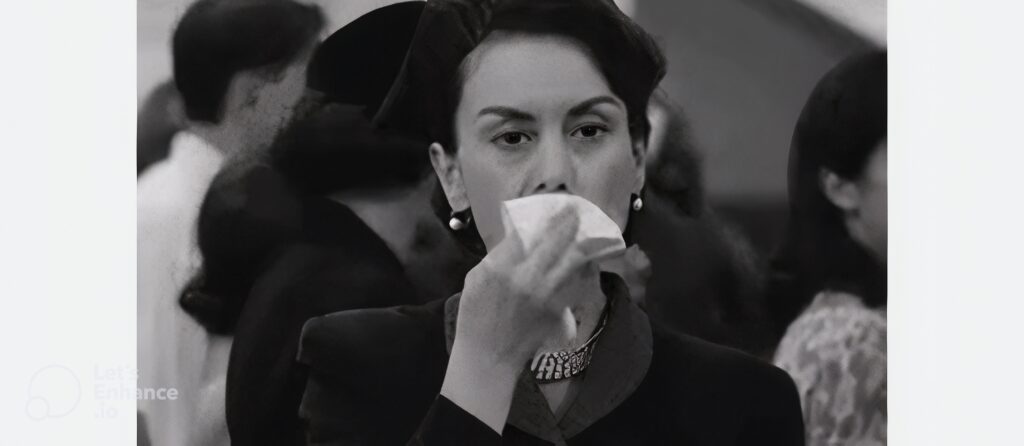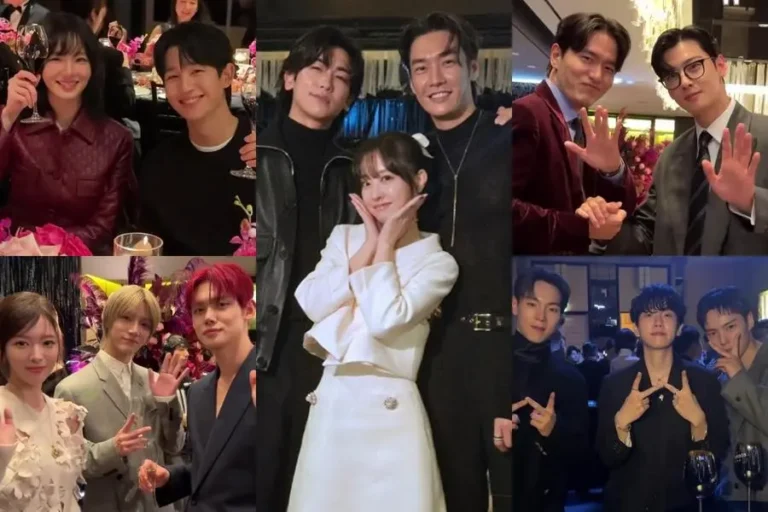
The Woman in the Mirror
Before she leaves her apartment, she checks her reflection, not just in the mirror, but in the camera app, the ring light, the Stories preview. Her lipstick, her brows, the fall of her hair, they are all calibrated for visibility. She is not merely preparing to live; she is preparing to be seen. Indeed, femininity in the digital age is rarely a private act. It has migrated to the realm of public performance. From TikTok trends to Instagram aesthetics, from “clean girl” to “mob wife,” softness, empowerment, and desire have become measured, monetized, and algorithmically approved. Ultimately, even the performance of authenticity has a filter now.
Aesthetics as Identity
We live in a world of curated femininities: the coquette, the vanilla girl, that girl, the mob wife, and increasingly, the soft girl or tradwife. Each aesthetic promises a unique form of empowerment but, in practice, often delivers a blueprint for expectation and constraint.
TikTok and Instagram host these global stages, where influencers and trends disseminate guides for modern womanhood. #CleanGirl routines and #ThatGirl productivity aesthetics prescribe often homogenous paths for performing femininity. Vogue and other outlets celebrate these aesthetics as aspirational, glossy, and liberating, yet beneath the curated exterior lies a subtle social script. Companies and influencers market these scripts as universal, but women do not experience them equally. The pressure to perform a delicate, apolitical “softness,” for instance, carries a different weight for a woman of color, for whom such an aesthetic was never historically an option, or for a working-class woman for whom the “tradwife” ideal is an economic impossibility.
Furthermore, beneath the curated exterior lies a potent social and economic engine. The “soft girl/tradwife” trend, which romanticizes domesticity and aestheticized submission, is not merely a personal choice but a consumer product. It often nudges women toward a dynamic where their labor — emotional, domestic, and aesthetic —is framed as a lifestyle rather than work, frequently unpaid yet highly visible. Softness has a price, and that price is often financial independence, neatly packaged and sold back to us by the very industries that profit from our performance.

The Price of Non-Conformity
Unsurprisingly, in this system, their own peers often police women who resist or fail to perform these sanctioned femininities. This social tribunal creates the “pick me” archetype: a community, itself trapped in the same performance, ridicules and alienates any woman it labels “too assertive,” “too independent,” or “not like other girls.” Consequently, in an economy built on visibility and comparison, raw authenticity becomes a liability. Social survival demands a degree of conformity, and the community collectively scorns those who deviate. In this context, subtlety feels radical. But we must ask: is any performance in the digital sphere truly authentic, or are we simply choosing from a menu of pre-approved selves?
The Male Gaze Is Now Digital
John Berger wrote, “Men act, women appear.”
Today, however, the gaze has evolved. It is no longer merely male; it is digital, data-driven, and omnipresent. Algorithms measure every pose, like, save, and comment, creating a feedback loop that dictates what is desirable. As a result, femininity is curated not just for human attention but for algorithmic approval metrics. Magazines, YouTube tutorials, and TikTok trends all enforce a gaze dictating how softness, rage, or beauty should look. Even self-love has become a performative metric. We used to perform for men; now we perform for the algorithm. The gaze hasn’t left; instead, algorithms now enforce it.
The Yang Counterpart
As women perform femininity under this social and algorithmic gaze, many men now craft a new masculinity to appear desirable, often mimicking the very values society teaches women to want.
They read feminist literature aloud on TikTok, sip oat milk matcha lattes with aesthetic precision, and signal emotional sensitivity as a style. While this can reflect genuine growth, many perform these gestures in a deliberately performative way, using them as a new language of attraction.
This creates an inescapable feedback loop: female performance begets male performance, which in turn reinforces the pressures on women. Masculinity, like femininity, has become a show curated for an audience. This highlights the systemic nature of the problem: visibility and metrics constrain not only women but also men, whose performances actively shape the very standards that compel women to conform.
Empowerment or Exhaustion?
What is marketed as self-care and empowerment has become a form of labor under constant observation. The meticulous skincare routines, the relentless wardrobe curation, even the calibration of a smile, all are optimized for visibility. Social media tells us to love ourselves—but only in ways that are legible and photograph well. Confidence now comes in presets and viral trends. The outcome: the emotional toll subtly and pervasively normalizes performance fatigue, turning exhaustion into elegance and disguising stress as empowerment.

Stepping Out of the Gaze
The path forward is not to discard beauty, softness, or the genuine joy found in creative self-expression. It is to consciously reclaim them from the frameworks that commodify and constrain. Crucially, this reclamation is a collective challenge, not just an individual one. It begins when we question the scripts handed to us and recognize the economic forces that profit from our conformity.
The power arises not in a total rejection of performance, which is, to some degree, a part of all social life, but in deciding who we are performing for. The gaze, whether male, performative, or algorithmic, loses its power when we collectively turn away from its metrics. True freedom is found in moments when blush, lipstick, or coquetry exist for the self rather than for likes. When a soft smile does not have to trend. When rage does not need a comment section’s approval.
Step away from the curated feeds and measured metrics when you can. Seek out communities that value substance over style. Femininity is not a reflection to be consumed; it is a presence to be owned. In that quiet, often unseen space, femininity is no longer a product. It is a practice. And perhaps, for the first time, it is truly yours.
To discover more stories behind the screens, stay tuned to The World Times and reclaim perspective.



